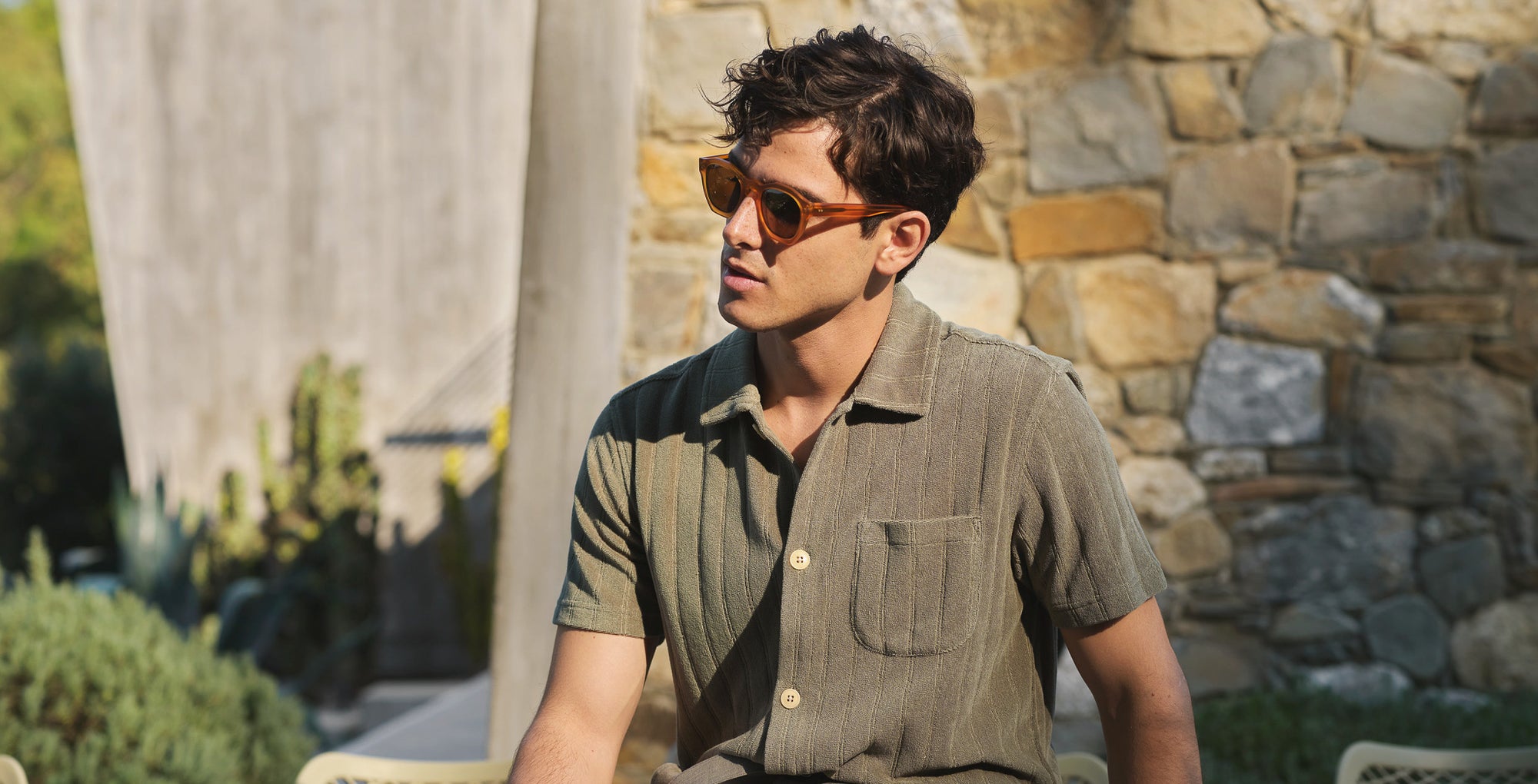Cuban icons number aplenty, from Che Guevara - immortalised on posters and t-shirts - to the Soviet-era Ladas that cruise the streets of Havana and Santiago de Cuba in the shape of taxis, emergency vehicles and pimped-out tourist rides. One lesser-known icon however is the guayabera shirt, thought to have originated some time in the 18th century in the city of Sancti Spiritus where a wealthy landowner asked his wife to create him a shirt with multiple pockets cut from a lightweight cotton fabric called batiste. The landowners fruit-picking workers decided to copy the shirt and named it 'yayabera' after the river that ran through the estate.

Another account suggests that the name was derived from the large pockets of the shirt which were used by the workers to carry the fruit 'guayabas' (guavas as we know them). Either way, the shirt was born, with the earliest versions featuring four front pockets, vertical pleats and in many cases decorative embroidery. Think of it as a lightweight safari shirt for the tropics.
While the guayabera has remained a historical icon, it gave both to the more contemporary Cuban collar shirt, defined by its double-notched stitched-on collar that sits flat against the chest. In recent years, the Cuban collar - also known as the camp collar - has exploded in popularity.
The Cuban Collar shirt

From the guayabera came what is widely known as the Cuban (or camp) collar, which omits the guayabera's vertical pleats, embroidery, and usually the chest pockets. Its defining feature, as you might have guessed, is the collar, which is typically a soft, double-notched, one-piece collar that is sewn directly to the body of the shirt so that the collar lies flat against your chest.
The original styles from the '50s and '60s were quite boxy since they were functional shirts worn by outdoor workers sweating under the tropical sun, hence why you'll often see them constructed from lightweight cottons and linen. We've used both linen and organic cotton to create shirts with a beautiful natural drape, both of which are a great match for summer chinos or tailored shorts.
The Short-Sleeve Shirt

Short-sleeve shirts are a mainstay of discerning summer wardrobes. With their classic collar construction, they have the formality of a traditional shirt, but the cut off sleeves gives it all the casual credentials it needs to be a versatile off-duty shirt too. We've made all of our short-sleeve styles this season to really lean into that versatility, so that you can get the most style mileage out of them. That means being able to wear them with a suit or smart separates, just as easily as you can wear them with chino shorts and fisherman sandals.
Shop Short Sleeve Shirts
